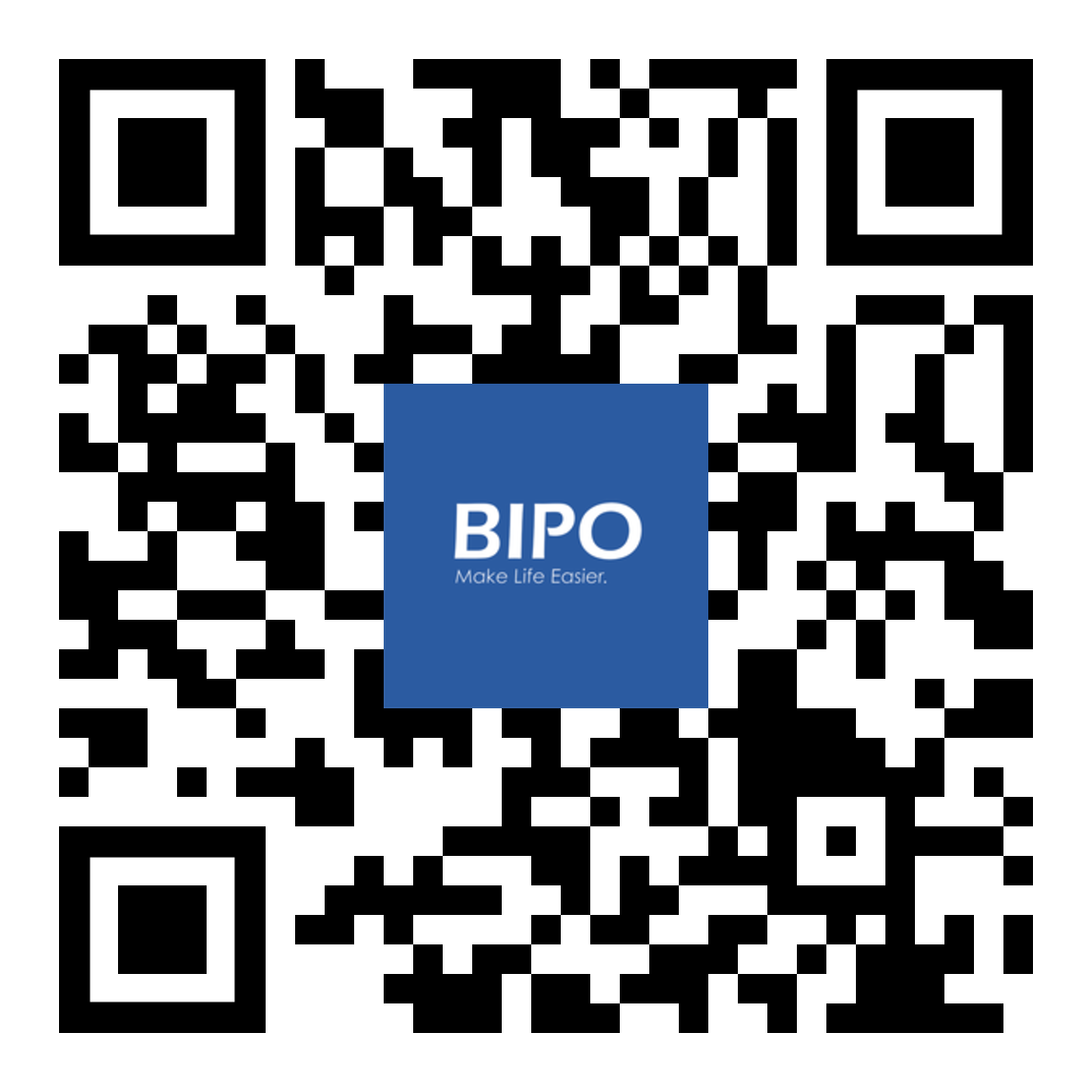Managing employee data, payroll, benefits administration, and other HR tasks manually can be time-consuming, error-prone, and inefficient. Thankfully, advancements in technology have led to the development of HR Management Systems (HRMS) that revolutionize the way businesses handle their human resource functions. In this blog post, we will delve into what an HRMS is, its core features, and the myriad benefits it offers to organizations of all sizes.
What is HR Management System?
An HR Management System, also known as Human Resource Information System (HRIS) or Human Resource Management System (HRMS), is a comprehensive software solution designed to automate and streamline various HR processes within an organization. It serves as a centralized repository for storing, managing, and retrieving employee information, enabling HR professionals to perform their duties efficiently while enhancing overall productivity.
Key Features and Functionality
An HRMS encompasses a wide range of features that cover the entire employee lifecycle. These features may include:
- Employee Data Management: An HRMS provides a secure database for storing and organizing employee information, such as personal details, contact information, employment history, and performance records. This centralized system ensures data accuracy and eliminates the need for manual record-keeping.
- Payroll and Benefits Administration: With an HRMS, organizations can automate payroll calculations, tax deductions, and generate accurate payslips. Additionally, it simplifies benefits administration by managing employee enrollments, tracking leaves, and handling insurance plans, thus reducing the administrative burden on HR teams.
- Time and Attendance Tracking: HRMS software often includes time and attendance management modules that enable employees to log their work hours, request leaves, and generate attendance reports. This feature facilitates accurate tracking of employee attendance, ensures compliance with labor laws, and simplifies the process of payroll calculation.
- Performance Management: An HRMS offers tools for managing performance appraisals, goal setting, and performance reviews. It enables supervisors and employees to track progress, provide feedback, and set objectives, fostering a performance-driven culture within the organization.
- Recruitment and Onboarding: The recruitment module of an HRMS streamlines the hiring process by automating job postings, applicant tracking, and candidate screening. It also assists in onboarding new employees by managing documentation, facilitating training, and ensuring a seamless integration into the organization.
Benefits of Using an HR Management System:
- Improved Efficiency and Productivity: By automating repetitive HR tasks, an HRMS frees up valuable time for HR professionals to focus on strategic initiatives. It eliminates manual data entry, reduces paperwork, and enables faster access to critical information, thereby enhancing overall efficiency and productivity.
- Enhanced Data Accuracy and Security: Manual HR processes are prone to errors, leading to inaccurate records and compliance issues. An HRMS eliminates such discrepancies by providing data validation checks and secure storage. Additionally, it offers role-based access controls, ensuring that sensitive employee information is accessible only to authorized personnel.
- Streamlined Workflows and Reduced Administrative Burden: HRMS software streamlines workflows by automating routine tasks like leave requests, performance evaluations, and benefits enrollment. This automation reduces the administrative burden on HR teams, allowing them to focus on strategic activities that drive organizational growth.
- Improved Decision-Making: With real-time access to comprehensive employee data and analytics, HR professionals can make data-driven decisions. An HRMS provides insightful reports and analytics on various HR metrics, such as employee turnover, training needs, and performance trends, enabling organizations to identify areas for improvement and implement informed strategies.
- Enhanced Employee Experience: An HRMS empowers employees by providing self-service portals where they can access their personal information, request leaves, view payslips, and update their details. This self-service functionality improves employee satisfaction, reduces dependency on HR staff, and fosters a culture of transparency and engagement.
Implementing an HR Management System revolutionizes the way businesses handle their HR functions, bringing numerous benefits. From streamlining workflows and improving data accuracy to enhancing decision-making and empowering employees, an HRMS is an essential tool for modern organizations. By embracing technology and automating HR processes, businesses can drive operational excellence, boost productivity, and create a positive employee experience, ultimately contributing to their long-term success. Get in touch with us today to find out more!






























